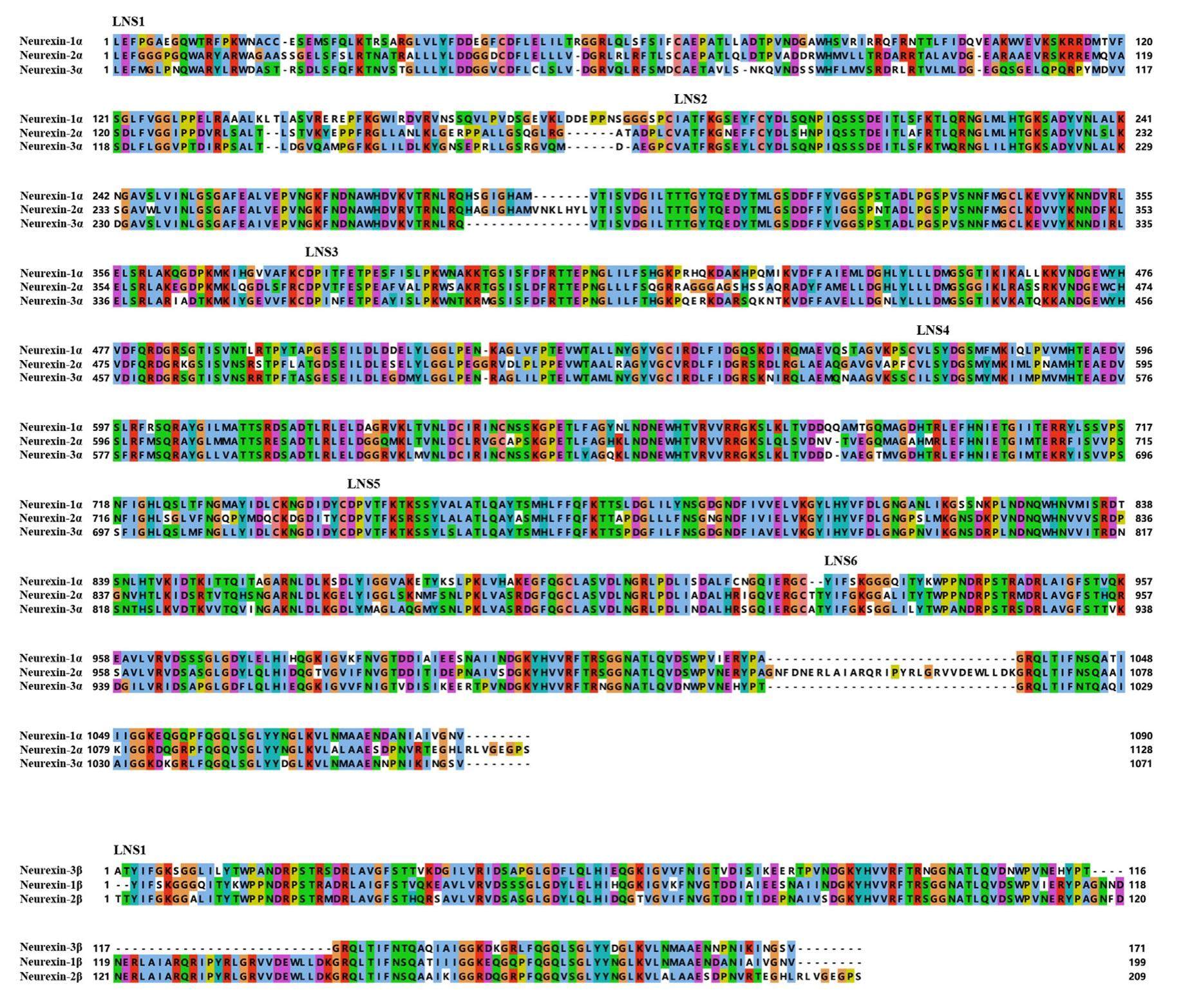
Structure, function, and pathology of Neurexin-3


Neurexin-3 is primarily localized in the presynaptic membrane and forms complexes with various ligands located in the postsynaptic membrane. Neurexin-3 has important roles in synapse development and synapse functions. Neurexin-3 mediates excitatory presynaptic differentiation by interacting with leucine-rich-repeat transmembrane neuronal proteins. Meanwhile, neurexin-3 modulates the expression of presynaptic a-amino-3-hydroxy-5-methyl-4-isoxazole propionic acid receptors and g-aminobutyric acid A receptors by interacting with neuroligins at excitatory and inhibitory synapses. Numerous studies have documented the potential contribution of neurexin-3 to neurodegenerative and neuropsychiatric disorders, such as Alzheimer's disease, addiction behaviors, and other diseases, which raises hopes that understanding the mechanisms of neurexin-3 may hold the key to developing new strategies for related illnesses. This review comprehensively covers the literature to provide current knowledge of the structure, function, and clinical role of neurexin-3.
